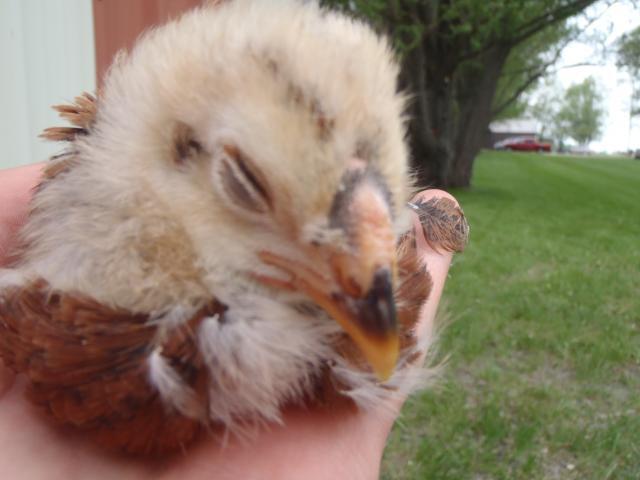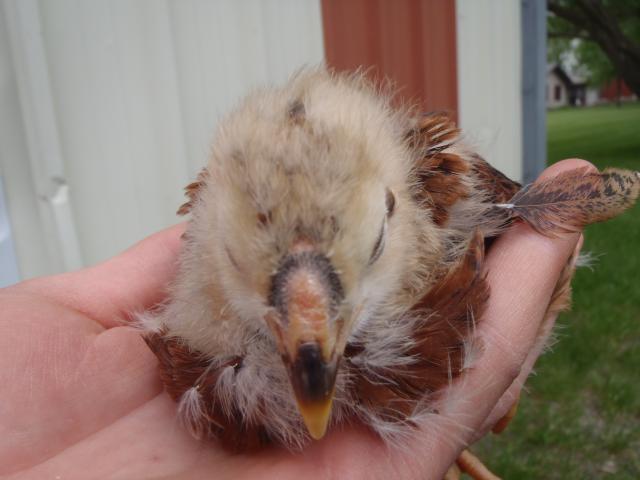- Nov 9, 2010
- 2,078
- 280
- 366
I have hatched many cushion combed chicks this year and a few of them have a half ring of down on their comb. Is this common? What will it look like when they mature? This one has the most down on his comb:




Follow along with the video below to see how to install our site as a web app on your home screen.
Note: This feature may not be available in some browsers.


